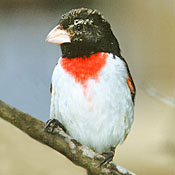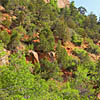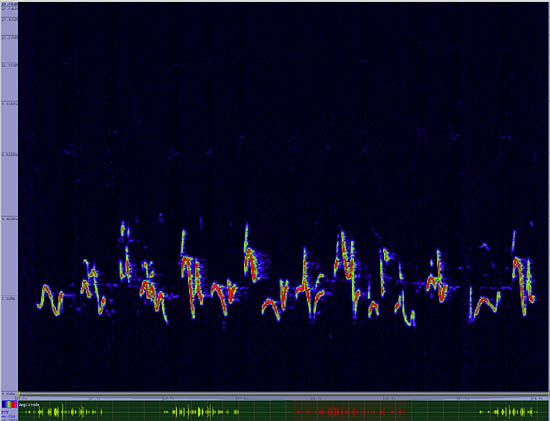Rose-breasted Grosbeak
Pheucticus ludovicianus

Perching

Length: 8 in. (20 cm )
Found in open forest and forest edge, the Rose-breasted Grosbeak song is one of the typical sounds of spring and summer. Both sexes incubate the eggs in a cup-shaped nest made of twigs and fine vegetation and placed at medium levels in a shrub or small tree. The male often sings while sitting on the eggs and also occasionally sings at night. In the spring and summer their food is primarily insects, buds and occasionally flowers. In the fall and winter seeds makeup most of the diet.
The four-digit banding code is RBGR.
Bibliographic details:
- Article: Rose-breasted Grosbeak
- Author(s): Dr. Biology
- Publisher: Arizona State University School of Life Sciences Ask A Biologist
- Site name: ASU - Ask A Biologist
- Date published: 13 Jul, 2017
- Date accessed:
- Link: https://askabiologist.asu.edu/activities/bird/rose-breasted-grosbeak
APA Style
Dr. Biology. (Thu, 07/13/2017 - 15:37). Rose-breasted Grosbeak. ASU - Ask A Biologist. Retrieved from https://askabiologist.asu.edu/activities/bird/rose-breasted-grosbeak
Chicago Manual of Style
Dr. Biology. "Rose-breasted Grosbeak". ASU - Ask A Biologist. 13 Jul 2017. https://askabiologist.asu.edu/activities/bird/rose-breasted-grosbeak
Dr. Biology. "Rose-breasted Grosbeak". ASU - Ask A Biologist. 13 Jul 2017. ASU - Ask A Biologist, Web. https://askabiologist.asu.edu/activities/bird/rose-breasted-grosbeak
MLA 2017 Style
Be Part of
Ask A Biologist
By volunteering, or simply sending us feedback on the site. Scientists, teachers, writers, illustrators, and translators are all important to the program. If you are interested in helping with the website we have a Volunteers page to get the process started.







